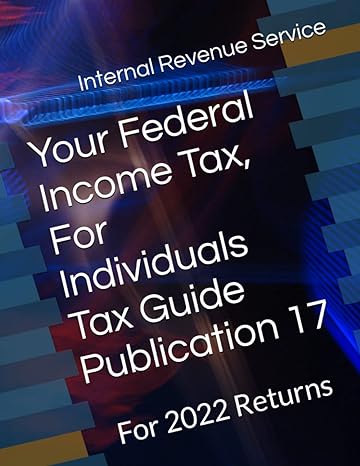Go back


Housing Low Income Housing Tax Credit Utilization And Syndication T RCED 90-73(1st Edition)
Authors:
U S Government Accountability Office

Cover Type:Hardcover
Condition:Used
In Stock
Shipment time
Expected shipping within 2 DaysPopular items with books
Access to 30 Million+ solutions
Free ✝
Ask 50 Questions from expert
AI-Powered Answers
✝ 7 days-trial
Total Price:
$0
List Price: $20.04
Savings: $20.04(100%)
Solution Manual Includes
Access to 30 Million+ solutions
Ask 50 Questions from expert
AI-Powered Answers
24/7 Tutor Help
Detailed solutions for Housing Low Income Housing Tax Credit Utilization And Syndication T RCED 90-73
Price:
$9.99
/month
Book details
ISBN: 1289009783, 978-1289009786
Book publisher: Bibliogov (June 26, 2013)
Get your hands on the best-selling book Housing Low Income Housing Tax Credit Utilization And Syndication T RCED 90-73 1st Edition for free. Feed your curiosity and let your imagination soar with the best stories coming out to you without hefty price tags. Browse SolutionInn to discover a treasure trove of fiction and non-fiction books where every page leads the reader to an undiscovered world. Start your literary adventure right away and also enjoy free shipping of these complimentary books to your door.
Book Summary: GAO discussed low-income housing tax credit utilization and syndication. GAO found that: (1) tax credits are intended to induce investors to supply equity for low-income housing; (2) tax credit use increased from 20 percent in 1987 to 98 percent in 1989; (3) by the end of 1989, about $565 million worth of initial-year credits were awarded for the development of 236,000 low-income housing units; (4) the credit program represents the federal government's primary subsidy for encouraging low-income housing production; (5) most tax credit syndications have been conducted as public offerings, with limited partnership interests in tax-credit-eligible projects being sold to individual investors; and (6) many syndications are being conducted as direct placement, usually to corporate investors.
Customers also bought these books
Frequently Bought Together
Top Reviews for Books
Lee WILLIAMS
( 5 )
"Delivery was considerably fast, and the book I received was in a good condition."










